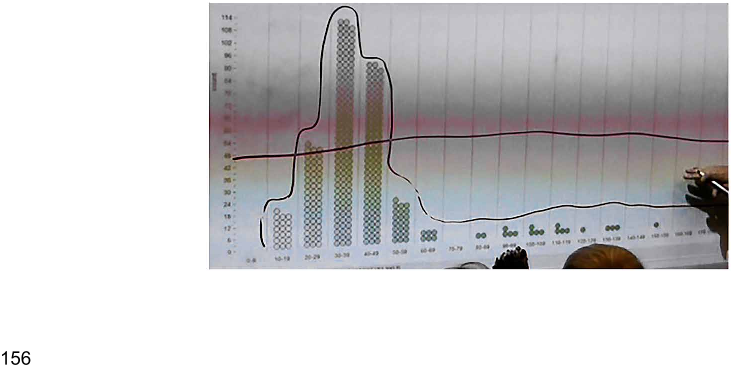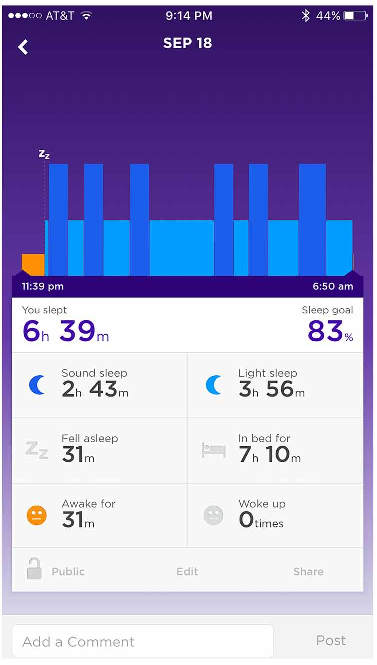




Did you find this useful? Give us your feedback










32 citations
...in the data based on their own experience” [23, 24, 41, 47, 63, 64]....
[...]
11 citations
...This has also been called personal analytics (Lee, 2018) or personal informatics (Li, Dey, & Forlizzi, 2010)....
[...]
11 citations
5 citations
4 citations
443 citations
333 citations
263 citations
...Personal analytics (Ruckenstein, 2014; Wolfram, 2012) refers to a set of data-related practices that have been associated with the area of personal informatics (Li, Dey, Forlizzi, 2010) and the Quantified Self (Nafus & Sherman, 2014)....
[...]
224 citations
...The first case comes from an effort to emulate the existing hobbyist learning structure that exists in the broader Quantified Self sociotechnical movement....
[...]
...Power users who identify with the Quantified Self movement (also known as QSelf-ers or QSers) regularly convene in major urban areas to share personal analytics projects that they have pursued and how that helped them to gain new insight and learn about themselves (Choe, Lee, Lee, Pratt, & Kientz, 2014; Lee, 2014)....
[...]
...Quantified Self: A sociotechnical movement referring to the practices of persistent recording and tracking of information in a quantified format for subsequent examination, reflection, and analysis....
[...]
...Many who have documented self-tracking and personal analytics practices identify 2007 as the year in which a community and sociotechnical movement (the “Quantified Self”) emerged in the Silicon Valley, with Wired magazine editors Kevin Kelly and Gary Wolf being attributed as primary initiators (Choe et al., 2014; Lee, 2014)....
[...]
...At the same time, each of the other girls found, with some assistance from research team members, one or two data plots that they felt offered the most for them to talk about and took turns projecting their data display in front of the group and sharing what they believe they had discovered, similar to what takes place in a hobbyist Quantified Self group....
[...]
207 citations
...…Walkington, Petrosino, & Sherman, 2013) or how personalization can also be achieved and supported by providing youth with generative and expressive computational media where they can design and engineer artifacts that are specific to their own interests and prior expertise (Peppler & Kafai, 2007)....
[...]
In looking toward the future, learning activities for individual novices and youth doing personal analytics work should incorporate supports to help students notice patterns and understand more about the phenomenon that they are quantifying through their projects. Still, they were able to use those records in productive ways, suggesting that while personal analytics is gaining in prominence because of increased availability of individual tracking devices, those are not absolutely essential for this sort of instructional approach to work. Thus, the prospects for personal analytics learning explorations to become an option for those who want to support personalized learning are promising.
The most commonly used data visualization software in their studies was TinkerPlots, a novice-friendly data visualization tool developed to enable elementary students and above to use drag and drop interactions to produce dynamic data visualizations (Konold & Miller, 2005).
While each student had a wearable device that would track their steps and the students examined data from those throughout the larger unit, the specific activity discussed here involved analytics on manually collected data.
There are questions that remain for us as a field to examine, such as what conditions promote an initial desire from students to look at their own data, how to support learning with different software tools, and what kinds of social configurations around a personal analytics learning activity enables broader participation and deep inspection of data.
It took another girl’s comment that even though those exceptions existed, there did appear to be some upward152Personal Analytics Explorations to Support Youth Learningtrend with the “Dragging” bin having much lower values for minutes of sleep and the “Pumped Up” bin having the second highest number minutes of sleep.